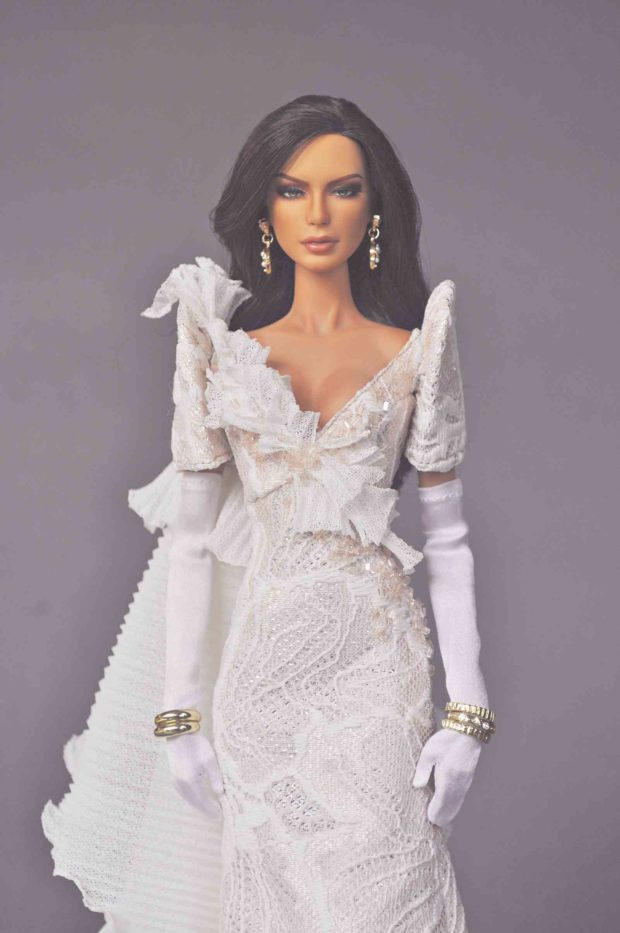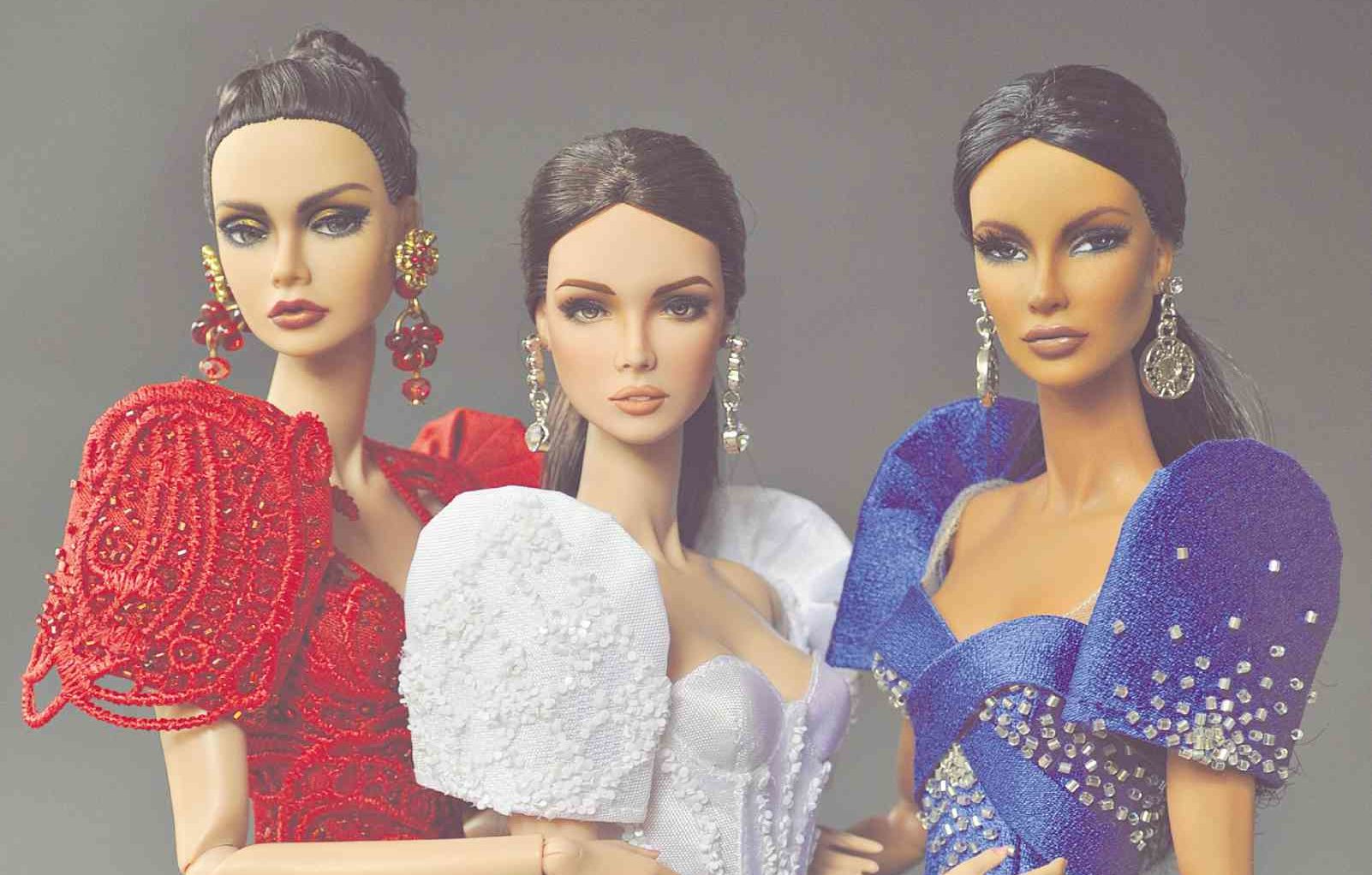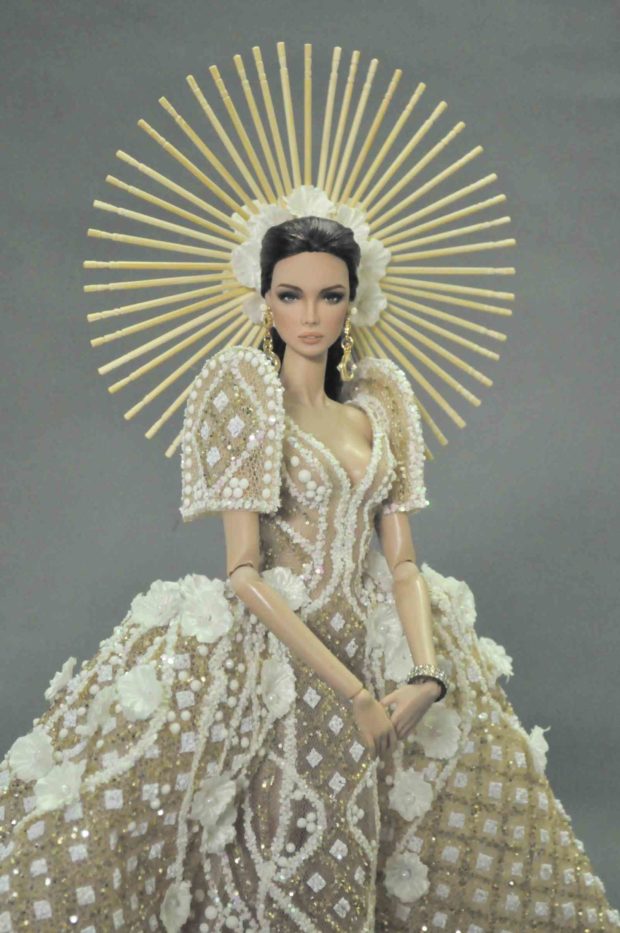

The adults who obsess with them spend countless hours prepping, primping and preening their ward to compete on a global stage, and when all that effort pays off, it’s as euphoric a moment as any human pageant. If only dolls could shed tears of joy…
In the Philippines, the man to beat is Angeles City’s Cholo Ayuyao, whose creation, “Shawnah Bautista Vasquez,” took the crown in the 2016 Miss Beauty Doll contest, winning the judges over with her pithy and profound words in the question-and-answer portion:
“Beauty is an emotion that guides us to live and appreciate life more, in all its forms.”
Although Japan, Vietnam and Malaysia have wrested the crown in the succeeding pageants, Ayuyao is hard at work preparing for the 2020 pageant.
In the meantime, Filipinos will have a chance to appreciate his art in a special exhibit at Ternocon 2020 on Jan. 26 at Bulwagang Nicanor Abelardo of the Cultural Center of the Philippines.
Lifestyle caught up with Ayuyao in his Angeles City workshop for a brief exchange:
In Japan, the artists who make dolls are revered as living national treasures. Here… what do people think/say when they find out you work with dolls?
Unfortunately, our culture of dolls isn’t on the artisan spectrum, but more of a curiosity. There are doll makers here but not of the caliber of, say, the Russians or the Thais, for whom dolls are deeply embedded in the culture.
As for me, I don’t make dolls per se. I’m more of a doll couture designer. Customizing the doll itself happens only when a certain fashion [design] I make needs a complementary doll for photography, so I enhance the makeup of a doll to create a new face and palette. I also do wigs if needed.
Is there a doll subculture in the Philippines?
Culture-wise, it’s still in infancy, I guess. Just a few groups here and there but steadily growing. Collecting is the entry point for most, ranging from Barbies to the ball-jointed dolls you see in Toycon.
A few will develop skills in customizing dolls. Some will venture into full-time careers, and a few will become known in the world doll community.
Can you walk us through the process of creating a doll?
Doll couture, as with any art, should start with something that inspires me. A fabric, sometimes an event, colors, even feelings. I rarely sketch, but when needed I do, then I start drafting patterns on a dummy doll.

Then I start sewing and tweaking the design in the process. Some designs take a day or two, some projects take weeks and multiple hands to accomplish.
As with any artist who works on this scale, it’s the availability of materials which is the most challenging, from beads to fabrics to zippers. Innovation is the key—when materials aren’t readily available, create them yourself.
Is this a full-time gig, a hobby or a passion?
I do this on the side, as a hobby. I’m a costume jewelry designer and head an embellishment workshop as my full-time job. You can make a living out of it, possibly, if the world market embraced your work. But as with any market, it can be fickle. It’s art, and art itself is fulfillment.
Any special considerations for Ternocon?
Ternocon is a very special venture for me. I was lucky enough that Gino Gonzales noticed my craft and my miniature terno on Instagram and invited me to participate last year. I am myself an advocate of Philippine culture, that’s why I make miniature terno, and to be part of such an event is really a big honor for me.
This year I’m creating 10 to 12 terno with an olden tree as my center. The terno’s history can be paralleled to a tree, from its roots to the tip of its branches—the colorful evolution of the terno from its roots to where designers can lead it into the future.











































